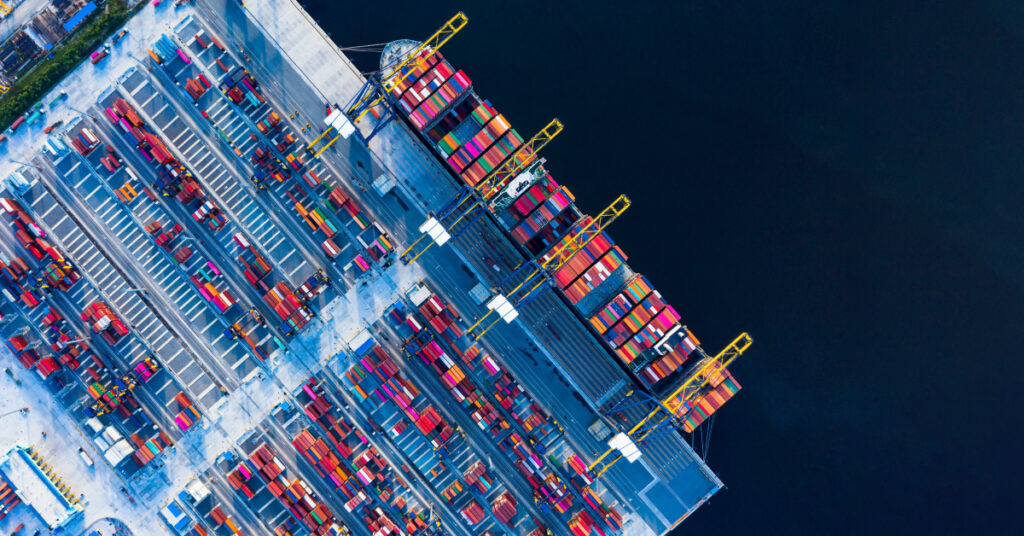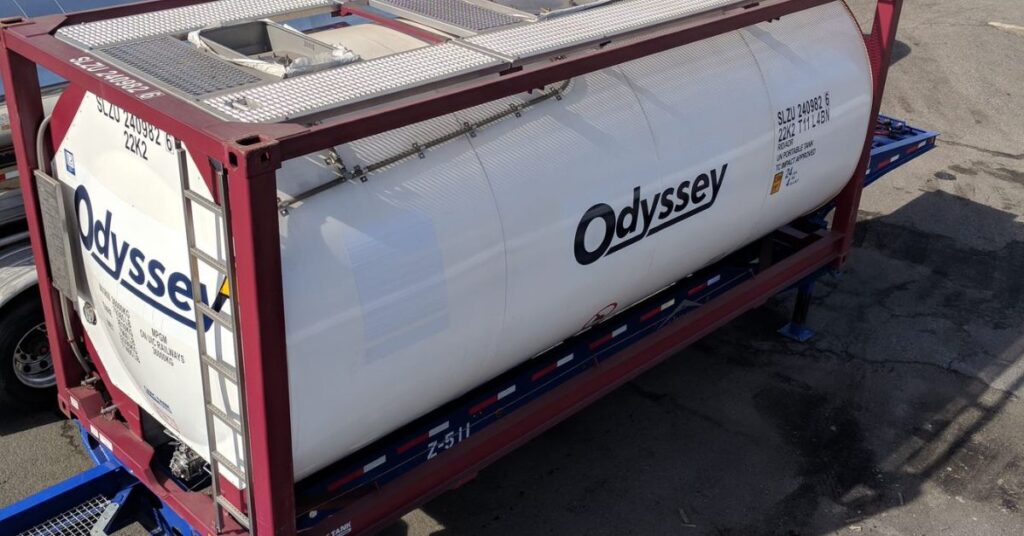Challenge
It’s a common scenario for many high-volume shippers: Data is siloed in disparate locations—often embedded across multiple spreadsheets—which puts supply chain decision-makers at a clear disadvantage. It’s especially challenging for large global organizations looking to clearly understand if product mapping is poor, global standardization is lacking or various regions have different priorities and protocols for shipping.
69% of organizations do not have full visibility of their supply chains
Logistics Bureau
July 2020
Network optimization makes data visible and actionable
Businesses with optimal supply chains have 15% lower supply chain costs, less than 50% of the inventory holdings, and cash-to-cash cycles at least three times faster than those not focused on supply chain optimization.
Logistics Bureau
July 2020
Bringing data into full view
Consolidating all of an organization’s data seems like a daunting task. The key to streamlining the process is the creation of a “digital twin.” This replication of all relevant supply chain data gives organizations the ability to gain a granular view of critical data elements, including locations, volumes, origins, materials, SKUs, product weight, transportation costs and throughput costs. Insight into this granularity empowers the customers to identify their true total cost to serve.
The digital twin must be kept up to date to deliver this power and information, otherwise it becomes a static picture of what once was—not an accurate view into how the data is continually changing and evolving. A digital twin enables supply chain managers to see lanes and flows in real-time — and it keeps them informed of what’s happening in their businesses.
Making data actionable with powerful BI tools
Once the data is consolidated in a digital twin, the next critical step is network optimization modeling. These modeling outputs are then input into sophisticated BI tools, resulting in an easily consumable, visual digital representation of improvement targets. These digital models are then used to assess and compare trade-offs of potential changes to a supply chain network. This process empowers an organization going through a network optimization to quickly separate opportunities for measurable improvement from activities that result in no real gains — or even losses. The visualization tools make it easy to select the scenarios, view possible strategies and calculate outcomes.
The recommended frequency for reviewing digital twin models depends on the industry and the make-up of the shipper’s organization. An e-commerce organization with high demand volatility, for example, should review and adjust every three to six months. A large chemical company with less volatility in demand might choose to review scenarios and make improvements on an annual basis. In either case, the process functions as validation between formal reviews to ensure an organization is extracting maximum value from its supply chain.
Measurable success for a global manufacturer
A global manufacturer viewed as a powerhouse in its industry, delivering 12,000 different types of materials to 19,000 customers across six continents determined it was spending more than $1 billion annually on shipping and a great deal of that spend was wasted. But simply looking at all of its disparate data didn’t provide the insights needed to make the right changes.
The manufacturer turned to Odyssey Logistics, one of their key operational partners, to conduct a network optimization study. After creating a digital twin that integrated the manufacturer’s most relevant data, Odyssey applied advanced modeling software to analyze scenarios, identify areas for improvement and make actionable recommendations. All of this was done remotely during the COVID-19 pandemic, saving the manufacturer at least $150,000 in travel costs.
The big reveal–what network visibility uncovered
You can’t change what you don’t know. The manufacturer had production plants on both coasts of the country where it is headquartered, shipping the same products to different regions. There were no strict processes in place for sourcing customers in different regions, booking shipping costs globally and managing lead times.
The interactive presentation of the company’s data by Odyssey was the defining moment the manufacturer needed. Supply chain leaders in the company saw their global inefficiencies clearly through actionable data and scenarios that provided clear opportunities for improvement. This gave the manufacturer the insight it needed to correct inefficiencies and optimize its global supply chain network.
The Odyssey Logistics process to optimize supply chain networks
Odyssey Logistics offers expert network optimization services to help shippers drive performance and improve bottom-line results. We approach network optimization as both a consultant and an operator — and we’re able to provide this service remotely or onsite in your facilities. Network optimization is particularly successful for organizations willing to make changes to improve their operations and reduce costs.
Our process begins by creating a digital twin that rationalizes all of your disparate data to gain and provide granular views of the data as a whole. Once the digital twin is created, we analyze relevant data with our business intelligence (BI) platform to provide a picture that is clear, concise and actionable. From there, we analyze scenarios to identify opportunities for better performance and cost savings, then present final recommendations to your organization. In the end, you have actionable strategies that are easy to deploy, manage and measure.
Process
Focus
Create sustainable value for an organization’s network through a virtual replication of the end-to-end supply chain. Includes internal processes, as well as 3PL and suppliers to simulate, report, analyze, model and automate the decision-making process.
Customer Value
KPI-driven transformation of the supply chain. Uncover new sources of value, bring transparency to costs, times, supply chain risks and sustainability. Offer insights on areas for optimization and resilience.
Ready to connect?
Get in touch with one of our multimodal logistics experts to drive your business forward.
Already a customer? Log in here



